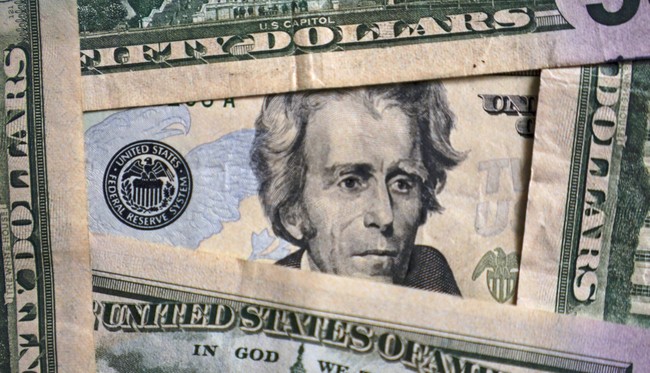Dollar Diplomacy and King Dollar

You have to go back to the first half of 1973 to find a time when the United States dollar was weaker against other foreign currencies than it is today. The dollar has declined 10% since the start of the year. In 1973, the drop was 15%.
Advertisement
This decline is measured against a basket of six other currencies, including the yen, the pound, and the euro. Some are comparing this to the 1973 meltdown and the subsequent economic stagnation that followed the Vietnam War and turmoil in the Middle East oil markets. On August 15, 1971, President Richard Nixon closed the gold window, which had linked the dollar to gold under the Bretton Woods system. What followed was a period of economic turmoil.
It was a lost decade of American growth and high inflation that ushered in the Reagan Revolution. However, even Reagan's start was rocky, as inflation was squeezed out of the system, and the Democratic Congress was slow to provide the tax cuts needed to spur growth.
Economic analysts who agree on just about nothing have, to varying degrees, placed the blame for this current dollar decline on confusion over tariff policies, fears over the United States' deficit, and even doldrums in the housing market. If war in the Middle East were to spark a new and improved oil crisis, as Yogi Berra would say, it would be like deja vu all over again.
Markets dislike uncertainty. War and peace in Europe and the Middle East, tariff wars, inflation, Federal Reserve policy, and interest on the ongoing budget deficits in Washington may not be the perfect storm, but they have sent jitters through the global financial system. Trump is staking everything on the success of his Washington shake-up, creating a new golden era. But no economy turns on a dime, or even a one-dollar gold piece. Markets love plain vanilla stability, and right now, the dollar is taking a hit.
Advertisement
According to the Financial Times, a decline in the value of international revenues of United States companies is on the horizon. For the average American, a strong king dollar means their paychecks go further in buying power. A weak dollar makes goods made in the United States cheaper overseas and thus more attractive for other countries to buy. Economies are not built on fiat currency or even gold. They are built on labor, and strengthening that is at the core of Trump's economic shake-up. Strong paychecks and strong sales overseas mean a strong economy. Can we have both?
Related: Blue Collars, Bigger Paychecks: 'Strongest Growth in 60 Years'
Right now, the dollar is the world’s reserve currency. This came under attack when President Joe Biden went all in on using economic sanctions as a primary tool of foreign policy against Russia. A reserve currency isn’t much of a reserve if it is also a tool of American diplomacy used to demonize enemies you have not declared war on. What has traditionally distinguished the American economic system from the Third World system is honoring contracts, whether we like the other country or not. Without that, our reserve currency is only as reliable as the latest twists and turns in American diplomacy or the latest election results.
Advertisement
Kicking the Russians out of various financial systems sparked a move by Russians and China to continue the fledgling construction of an alternative financial system not reliant on the dollar. The BRICS countries aren't going gangbusters, but they may represent the first cracks in the current decline in our dollar diplomacy and the dethroning of king dollar.
Join PJ Media VIP today and get 60% off with promo code FIGHT.
Join now to support this news site, go ad-free, and comment as you see fit